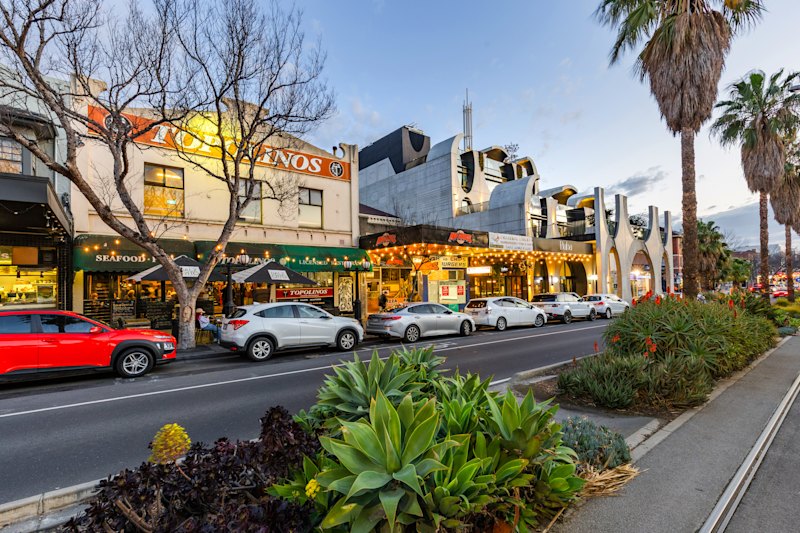How to save money on food, and save for a house instead
Everyone has to curb their lifestyle in some way, shape or form to buy a home.
It might be by cutting back on nights out, buying fewer coffees or purchasing budget clothes instead of designer.
But the one thing you don’t want to compromise on is your health.
Whether or not it is more expensive to buy healthy food than unhealthy is debatable, with different research studies proving it both is and isn’t. Some have even found that we just believe less healthy options are more affordable.
But the fact is that food in general isn’t cheap – it’s one of our biggest expenses. How many times have you popped into the grocery store to buy just a few items only to be shocked when the total rolls well past $100 at the checkout?
There are ways to reduce your weekly food bill, starting with the elimination of wastage, which is equivalent to throwing money in the bin.
To make sure you’re using every last morsel of food in your kitchen, go through your fridge and pantry thoroughly so there’s nothing hiding in the back that you forgot about.
Next you should do up a nutritious meal plan, put the groceries you need on your shopping list, and don’t buy any unnecessary items.
If you shop wisely and look for specials you’ll be able to make extra savings.
Other options to save money on food include shopping in bulk and starting a vegie patch.
 Fresh rosemary, mint and cherry tomatoes picked from an inner-city apartment’s balcony garden.
Fresh rosemary, mint and cherry tomatoes picked from an inner-city apartment’s balcony garden.Photo: supplied
Some people opt for food delivery programs to lose weight, but these aren’t for those on a tight budget. It will cost you far more than buying your own ingredients or even buying a frozen meal at the grocery store.
This might be a little out of left field, but if you’re after a quick fix for your waistline and your bottom line, I have four little words for you – brown rice and tuna. Repeat after me – B,R and T. BR&T.
Now, before you screw your nose up, hear me out.
Fitness nuts have been onto BR&T for some time because it helps your physique. In fact, these were key ingredients in Sylvester Stallone’s diet when he was preparing for Rocky III.
I’m making a bold prediction that it’s now coming into vogue for wannabe home owners, because in addition to being healthy, it’s cheap. And it means you can prioritise your health and your bank balance. BR&T could be the new smashed avo – in terms of trendiness, not price – for budget-conscious Aussies who are holding on to the Great Australian Dream.
One of the much-cited ways of cutting spending is to bring your lunch to work, and while the smell of BR&T might offend some of your colleagues, it is guaranteed to shave dollars off your grocery bill.
It will cost you no more than $3 for a standard BR&T meal with a splash of soy sauce. If you want to fancy it up you could add corn, tomatoes or cucumber for an extra dollar or two. Obviously you can’t have it for every meal, but even just a few times a week will make a big difference. If you had BR&T for your work lunches five days a week, it would only cost you $720 a year.
Compare that to buying a salad, costing about $12, or less healthy takeout options such as a burger and chips, costing about $15. That’s four to five times more! Meanwhile, for a snack, a healthy serving of carrot sticks and homemade hummus will cost you no more than $1 and will be more filling than a $2 chocolate bar.
The thousands of dollars in savings you make from switching to BR&T will only go a little way to saving a deposit, but when combined with other measures to slash your food bill it’s a good start.
We thought you might like
States
Capital Cities
Capital Cities - Rentals
Popular Areas
Allhomes
More










